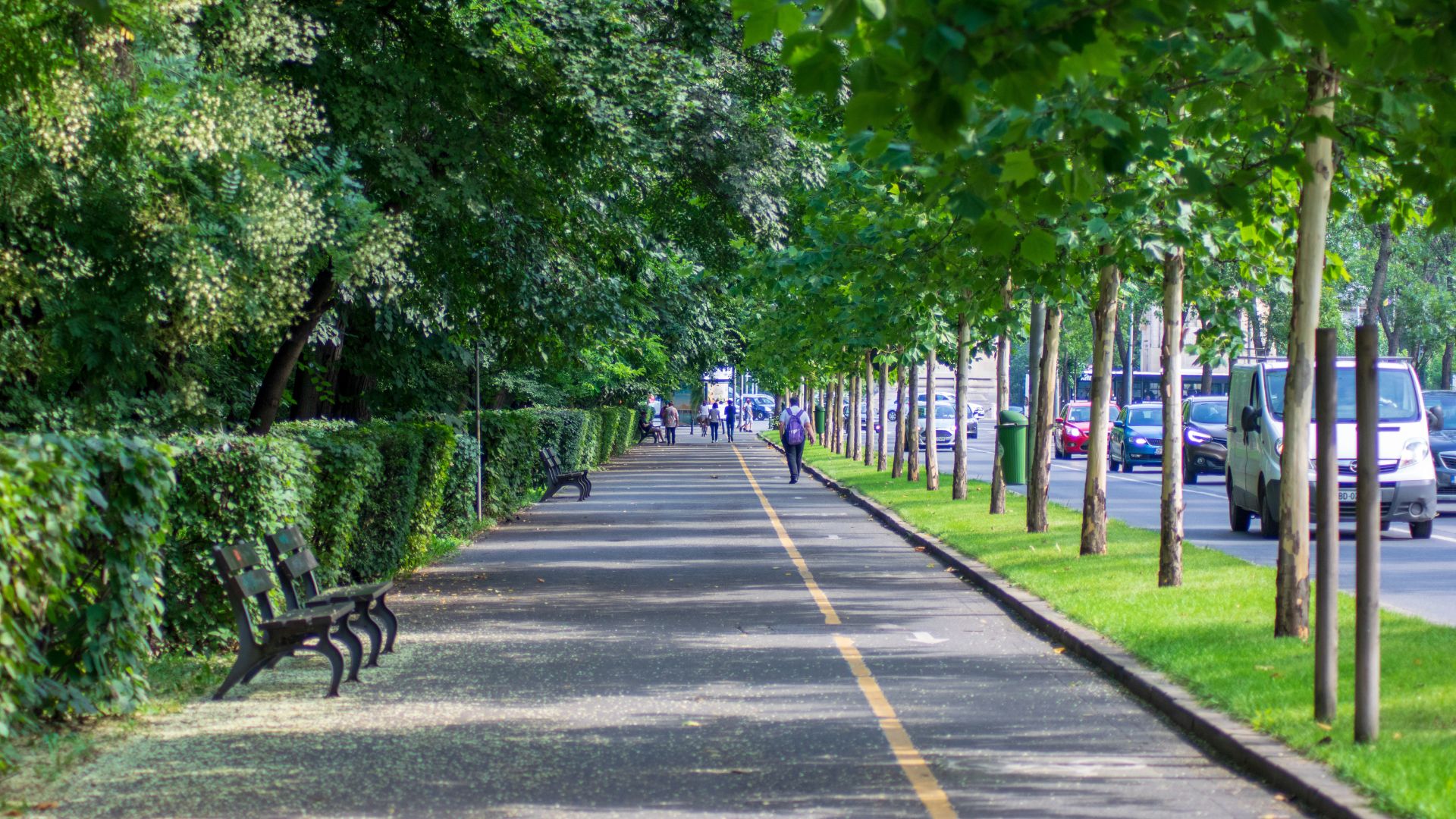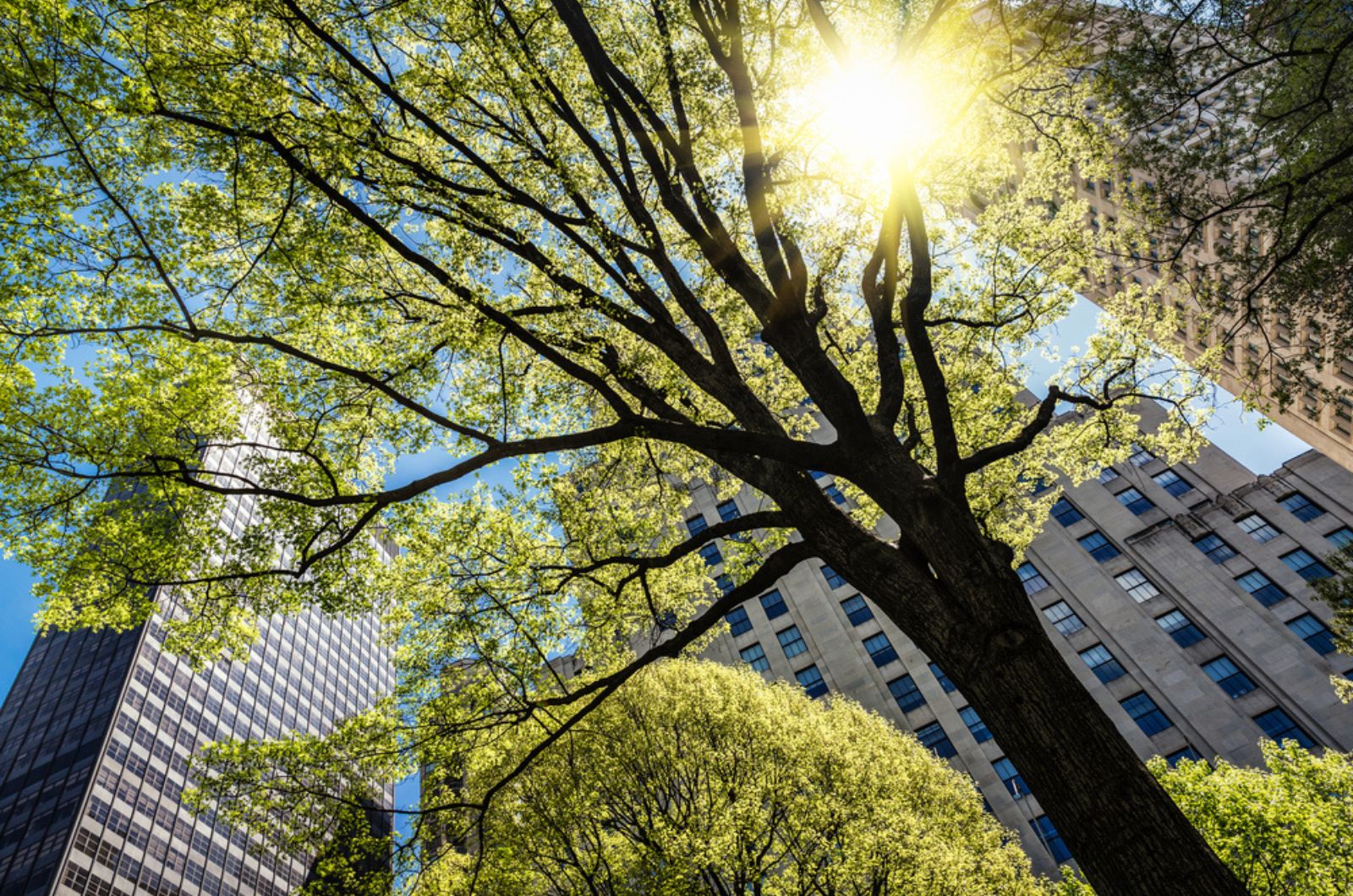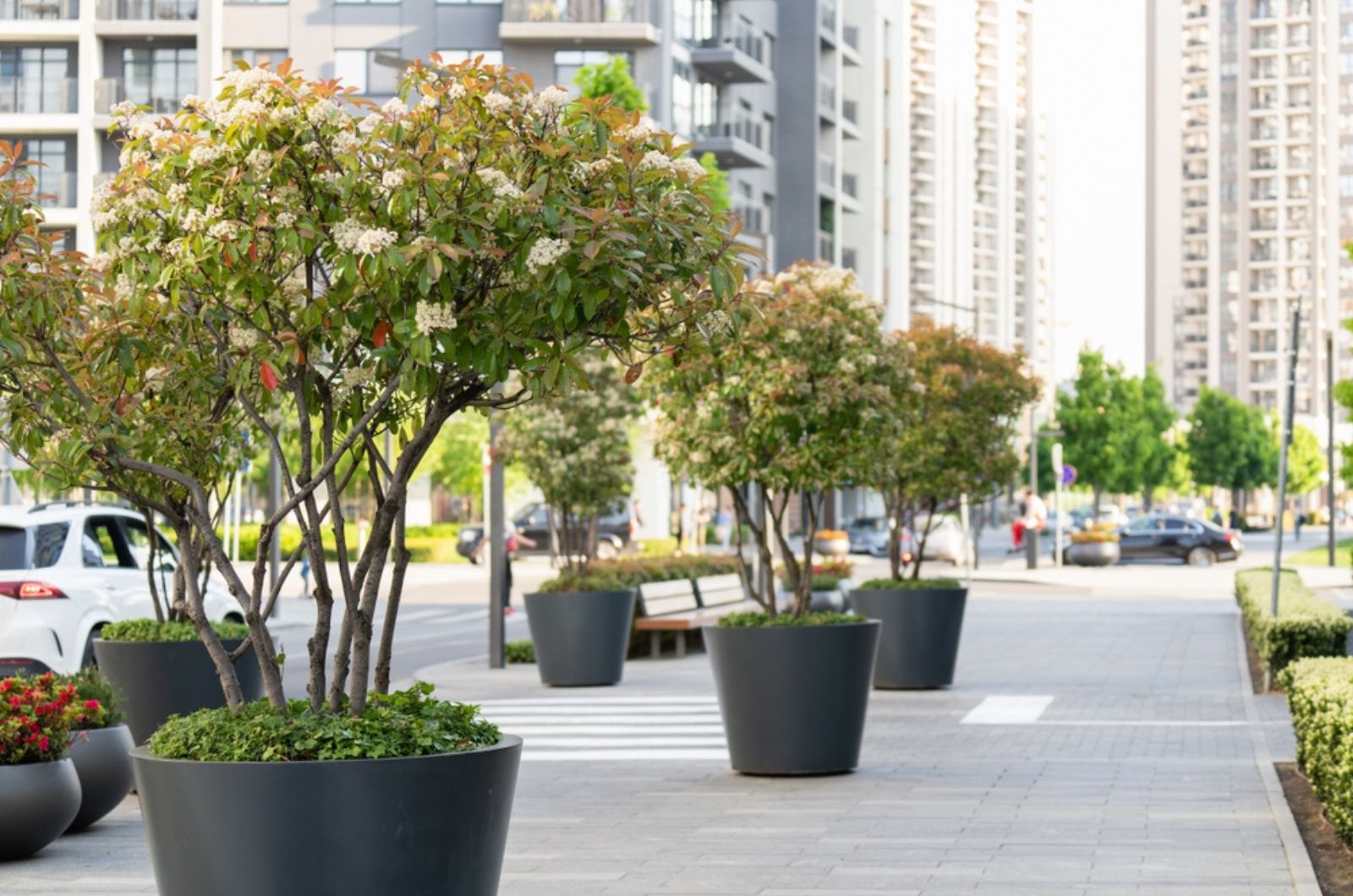We’re all concerned with climate change and it’s one of the most frequently discussed topics in today’s world. Scientists and environmentalists offer different solutions, but it seems that we’re still far away from a permanent one.
Restoring nature by growing plants is the natural and best way to fight air pollution and, of course, the largest species will do the best job. So, the question arises, why aren’t cities just planting more trees?
Is there more to it than meets the eye? Let’s find out!
Science Says
Urban areas definitely lack greenery, though we shouldn’t observe it in terms of appearance but rather the threat it poses.
We can’t live without plants, especially trees, so it’s completely logical to ask ourselves why there aren’t more of them.
Numerous studies have been conducted on the importance and effectiveness of trees regarding climate change. Apart from air pollution, temperatures have increased significantly and floods are occurring way more often, so trees seem to be a perfect solution.
The most famous research was conducted in Europe in 2015, and it suggests that if there are 30% more trees in a specific area, the temperature lowers by 30 degrees Fahrenheit. Depending on the region, the number could be even higher, around 42 degrees. (1)
A wide number of studies have been conducted since then and each agrees on one thing: simply put, this technique works!
So, what’s stopping local authorities from carrying out this method? Let’s see!
Costs
I believe you won’t be very surprised to hear that money is the biggest issue in this whole story. But isn’t this kinda ironic since we can only spend money if we’re alive? No, climate change won’t kill us…yet. We must see the big picture!
If you ask local authorities about planting trees, you won’t get the answer that the initial costs of the project are high, but rather that it costs a lot to maintain trees in general.
The pandemic, inflation, and war have all caused uncertainty, and the last thing people wanna do is spend more money.
According to the landscape architect Ana Luísa Soares, it costs about $2,000 to start a new tree in Lisbon, Portugal. This seems like too much money, but here’s a turnaround.
In her research, Soares used iTrees, the US software program, and she analyzed the data on the 41,000 trees in the Portuguese capital. She states that the cost of $1.9 million is worth it because these trees bring a profit of approximately $8.2 million.
Furthermore, she claims that each city will benefit from trees and make a profit of $4.5 per tree by investing only a dollar. Additionally, each tree will save energy worth $6.20, whereas the reduction of carbon will sit at approximately $0.33.
Since trees have a positive impact on air pollution, each one will save the government about $5.40. Soares also claims that the government will save $47.80 it would otherwise spend on the control of stormwater runoff.
Another benefit of having more trees is that they make every landscape prettier. And this matters in terms of money since it increases the value of a house or building. Additionally, visitors prefer shops in tree-covered parts of the city.
Where’s the problem then? The government is more oriented toward projects that will bring profit as soon as possible. Well, trees do take a lot of time to grow fully. Investing in coffee shops, restaurants, and similar facilities and building new skyscrapers will definitely pay off sooner.
So, local authorities seem to look for short-term solutions without considering the consequences of such things.
Well, no one denies the fact that the initial costs of planting more trees are high, but we should think of it as an investment that definitely pays off in the long run.
Physical Barriers
Honestly, I don’t take the costs of this project as a legitimate reason not to complete it. Saving nature is way more important than any other government-funded project.
There’s one more valid reason why we don’t have more trees in cities, and it’s the physical barriers. We messed up badly in the past by focusing on buildings, houses, and of course, concrete all over the place.
Young trees simply can’t develop healthily in this environment. According to Soares, each tree should have approximately 3 feet of subsoil between anything made of concrete and the ground.
If we take a look at the current situation in Europe, another problem is that a high number of old trees are dying, which is perfectly normal, but the consequence is that cities lost about 10% of tree coverage.
As mentioned, young trees cannot survive without enough space so adding them isn’t a good idea in the long-term.
When planting a tree, a lot of digging is required and this is extremely dangerous for metro systems in bigger cities.
We can’t really destroy buildings or other concrete structures, so what should we do? Well, the first thing is not to be discouraged, and focus on what we can do instead, i.e., look for every spot where planting trees is possible. One tree is better than no trees!
Let’s see what the experts say.
Future Plans
If you’re an environmentalist, I believe you have heard the word NO thousands of times to different ideas that could contribute to the solution to climate change.
The biggest irony is that this is most often said by a rich guy on his yacht drinking champagne while we are struggling to breathe! Temperatures are getting higher and higher and air conditioning brings higher bills.
But all is not lost! The European Commission (EC) is getting closer to imposing a law that will make governments spend more money on reforesting in urban areas.
As stated in the proposal, all member countries should allocate at least 10% of their urban areas, such as cities, towns, and suburbs to green canopies by 2050.
The proposed legislation is still in the preliminary phases but it embodies the objective of expediting overall nature restoration. Member countries should also spend more on maintaining green spaces.
The recent report on heatwaves in Europe should definitely worry us. 2050 isn’t really close so we should do everything to speed up the process. Skyscrapers, pavements, and all other concrete structures simply aren’t worth it! Nature should be our main concern!
References
1. Iungman, T., Cirach, M., Marando, F., Pereira Barboza, E., Khomenko, S., Masselot, P., Quijal-Zamorano, M., Mueller, N., Gasparrini, A., Urquiza, J., Heris, M., Thondoo, M., & Nieuwenhuijsen, M. (2023). Cooling cities through urban green infrastructure: a health impact assessment of European cities. Lancet




